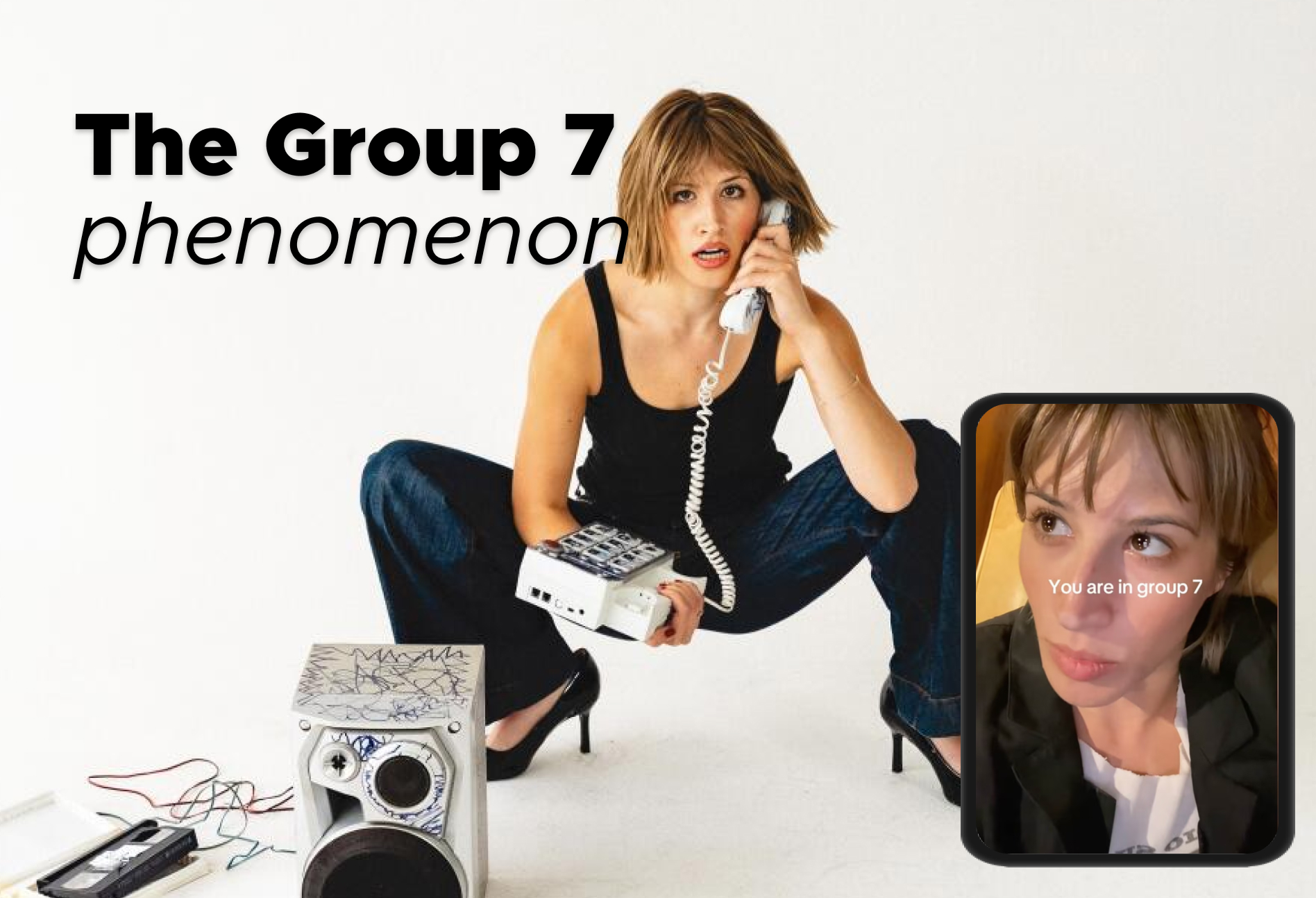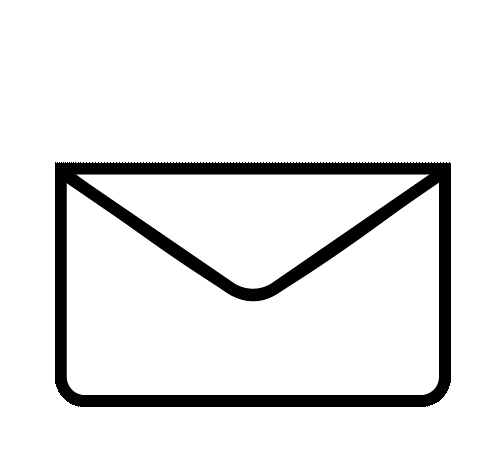Meme culture in social media marketing in 2026: how brand accounts are leaning into the success
Meme marketing has evolved from internet joke to serious business strategy, with the industry hitting $6.1 billion by 2025. Brands that master the art of humor are seeing 60% engagement rates and building real connections with audiences who've tuned out traditional advertising.
November 8, 2025

Remember when social media ads were all glossy photos and perfectly scripted captions? Those days are fading fast. Now, the same memes you send to your friends are becoming some of the most powerful marketing tools out there. And honestly, brands aren’t just testing the waters anymore – they’re diving in headfirst. In 2026, meme marketing isn’t some quirky experiment. It’s become the real deal.
Why meme marketing is taking over and who’s driving it
Here’s something wild – the global meme industry jumped from $2.3 billion in 2020 to $6.1 billion by 2025. That’s serious growth. But the really interesting part? According to Forbes, meme campaigns pull in 60% organic engagement on Facebook and Instagram. Compare that to regular marketing graphics that barely scrape 5%, and you start to see why everyone’s paying attention.
The best part is how people actually respond to them. Research shows that more than 60% of consumers say they’re way more likely to buy from brands that use memes. And get this – studies reveal that 94% of marketers say memes give them solid returns. You don’t need a massive budget or fancy production team. You just need to get it right.
Let’s talk about the people who made memes what they are today. Studies show that about 75% of folks aged 13 to 36 share memes regularly, and 30% are sending them every single day. According to Forbes, your average millennial scrolls through 20 to 30 memes daily. That’s not just casual browsing – memes have become their language. Here’s the thing about Gen Z and younger millennials – they can smell fake marketing from a mile away. But research indicates that 18% of Gen Z says brands need to be funny to actually connect with them.
Brands that are absolutely crushing it
Netflix: They’ve figured out how to make us laugh at ourselves. Their memes about binge-watching – you know, that “just one more episode” regret at 2 AM – have racked up millions of views without spending a dime on ads. They also used memes from shows like “Wednesday” and “Stranger Things” to promote new series, and fans shared them like crazy before launch.
Duolingo: That green owl went from cute mascot to internet chaos agent. Their TikTok is absolutely unhinged, and people follow them just for the entertainment. They’ve basically become a comedy page that happens to teach languages.
Ryanair: Who knew a budget airline could be this funny? They roast themselves with cheap-looking memes and deadpan humor. It’s so self-aware that you can’t help but love it.
What makes meme marketing actually work
Here’s a stat that’ll grab your attention – Forbes reports that meme campaigns get 14% higher click-through rates than email marketing. But here’s the catch: it only works when you actually get it right.
The brands winning at this understand three things: perfect timing, what’s happening in culture right now, and staying real. They’re not just following trends – their teams actually live and breathe internet culture. When it feels forced, people notice immediately.This authenticity is exactly what drives value-driven advertising that actually converts – it’s about creating genuine connections, not just pushing products.
There’s actual brain science behind this too. Memes work because they’re easy for our brains to process – familiar image, quick text, instant understanding. That effortless comprehension feels good. But there’s more to it. Memes are like inside jokes for the internet. When you get one, your brain basically says “hey, you’re in the club.” That feeling of belonging is huge. Sharing memes becomes this little social bonding ritual we all participate in.
Key trends shaping meme marketing in 2026
The landscape keeps evolving, and understanding what actually speaks to Gen Z in 2025 and beyond is crucial for any brand trying to stay relevant:
- AI-generated memes: Brands are using ChatGPT and DALL-E to create custom memes fast, jumping on trends while they’re still hot
- Hyper-specific targeting: Forget trying to please everyone. The best memes speak to tiny, specific groups who get the exact reference
- Nostalgia plays: Old flip phones, Windows 95 vibes, vintage tech – it’s all coming back and hitting right in the feels
- Interactive content: “Tag a friend who does this” or “Which one are you?” – these get people actually participating, not just scrolling past
- Surreal humor: Gen Z loves the weird, random stuff that makes no logical sense but somehow feels perfect
- Meta-humor: Brands making fun of themselves and their own marketing? That’s the kind of honesty people respect
Why even small businesses and B2B brands can compete
Here’s something encouraging – over one million memes get shared on Instagram every day. You don’t need a Super Bowl ad budget to tap into that. A tiny startup with a clever meme can blow up just as big as a Fortune 500 company’s expensive campaign. When people share your meme, they’re basically vouching for you to their friends. That’s way more powerful than any paid ad could ever be.
Think memes are just for consumer brands? Think again. Hootsuite makes memes about the nightmare of content scheduling and algorithm changes – stuff every social media manager deals with. People tag their coworkers in the comments because it’s just too relatable. Asana does the same thing with chaotic email threads and missed deadlines. They’re not being pushy about their software. They’re just showing they understand the pain. And yeah, even corporate decision-makers appreciate a good laugh.
How to do it right and avoid disasters
You’ve got to really know your audience. What makes them laugh? Gen Z might want absurd, chaotic humor. Your B2B crowd might prefer dry jokes about industry pain points. Stay plugged into Twitter, TikTok, and Reddit to see what’s bubbling up. And don’t stress about fancy tools – Canva, Imgflip, and Supermeme.ai make it super easy to create something that looks good.
But watch out for these mistakes:
- Being too late: If your parents are sharing it, you missed the window. Jump on trends early or don’t bother
- Trying too hard: Nothing’s more cringe than a brand desperately trying to be cool. Gen Z will roast you for it
- Ignoring context: Some memes have sketchy origins you don’t want attached to your brand. Do your homework first
- Over-explaining: The moment you have to explain the joke, it’s dead
- Forgetting who you are: A hilarious meme that makes no sense for your brand just confuses people
Measuring what actually matters
Sure, likes and shares feel great. But what actually matters? Is your meme bringing people to your website? Downloading your app? Making purchases? Keep an eye on the full picture – how far it spreads, how people engage, whether you’re gaining followers, if clicks are going up, what people are saying about you, and whether it’s actually helping your bottom line. That’s how you prove this stuff works.
The future of meme marketing
Looking ahead, AI is going to make creating personalized memes even faster. Gen Alpha kids growing up glued to TikTok and YouTube Shorts? They’re going to take meme culture somewhere we probably can’t even imagine yet.
But here’s what won’t change – people want to connect with brands that feel human. Memes work because they drop the corporate act and create real moments between you and your audience. In a world where everyone’s scrolling constantly with zero attention span, making someone genuinely laugh while getting your message across isn’t just smart marketing. It’s basically essential.
Latest News ☕

Top 10 global events every brand should strengthen partnerships around in 2026
November 6, 2025
In 2026, the world’s biggest cultural and sporting events will define where audiences ga...

Gen Z’s rising creators: Who’s actually moving internet culture in 2026
October 30, 2025
The creators defining 2026 aren't chasing viral fame or million-follower counts. They're b...

Group 7: The viral TikTok trend rewriting creator marketing rules
October 28, 2025
What happens when a musician transparently tests TikTok's algorithm and accidentally creat...


